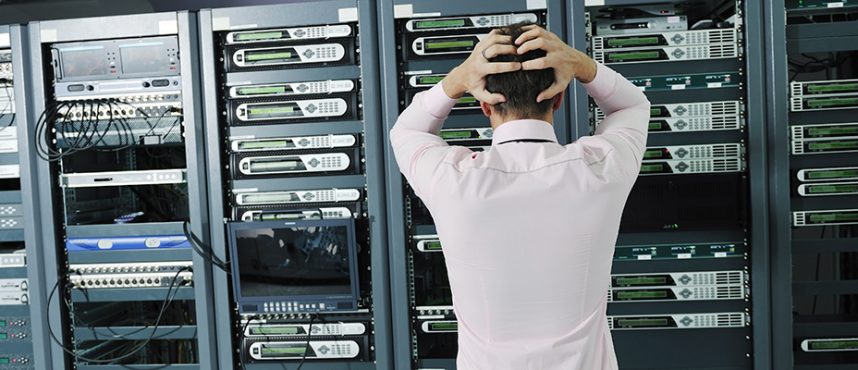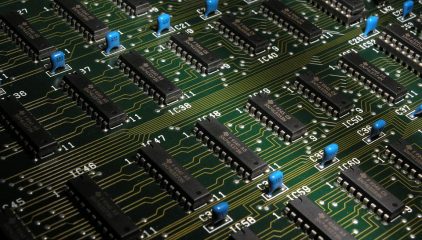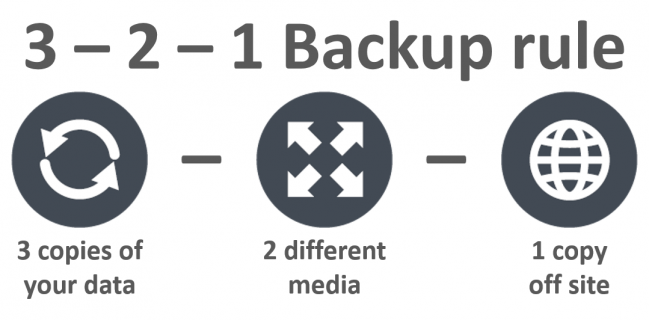Overcome Challenges Of Modern Storage
Organization data growth is more than yesterday’s traditional storage infrastructures can handle. End users expecting speedy access to their data—anywhere, any time, using any device. Technologies such as virtualization put heavy demands on storage in terms of performance, Latency capacity, and data protection.
Traditional storage technologies are unable to cope effectively with these demands, making primary storage and backup and recovery processes more costly and challenging to manage. Every Customer is dealing with one or more of the following storage challenges.
Challenge: Getting both performance and capacity.
The limitations of traditional storage force the choice between performance and capacity. High-performance enterprise disks are expensive. High-capacity drives are less costly, but they are not fast enough by themselves to support most primary storage applications. Hybrid solutions that use
a tiring model to blend tiers of storage are unable to move the right data to the right place at the right time, and cannot respond effectively to performance peaks.
Challenge: Improving business continuity and data availability
We live in an always-on world. Everyone expects data to be available any time, anywhere, on any device. Gone are the days when a company could shut down systems overnight or over the weekend
for system upgrades or to perform a backup or restore. Despite advances like disk backup and deduplication, traditional copy-based backup solutions consume a lot of computing resources and bandwidth. Meeting backup windows continues to be a struggle. Data recovery is slow and painful.
Deduplication alone does not fully address these challenges. Traditional replication-based disaster recovery (DR) is bandwidth-intensive and expensive. As a result, it is used only for the most critical applications.
Challenge: Simplifying primary, backup, and disaster recovery storage management
Deploying, managing, upgrading, and supporting traditional storage can be an all-consuming effort that requires specialized training and expertise. In visualized environments, storage management is even more complex. At the heart of these challenges is the simple truth that traditional storage architectures are unable to keep up with today’s storage demands. Modernizing these architectures to provide the performance, capacity, data protection, and manageability you need demands financial resources, time, and staff you may not have.
Leveraging Innovation
Every so often a technology comes along that revolutionizes an entire industry. Recent advances in flash memory promise to transform enterprise storage. While there have been substantial improvements in disk density, CPU performance, and network bandwidth over the past decade, disk drive access time—a primary measure of performance—has improved the least. Poor gains in disk drive access time mean that high RPM drives are less able to keep up with demanding applications.
standard approach for delivering Input/output Operations per Second (IOPS) has been to deploy as
many high-RPM drives as necessary to achieve the required performance. Increasingly, flash solid-state disk (SSD) drives are being used to deliver 5- 10x better I/O performance than the fastest disk drive. Solid-state storage is becoming mainstream. However, adding SSD storage to existing arrays isn’t simply a matter of replacing traditional hard disks with solid state drives. Strategies that optimize performance and reliability for HDDs are wasteful when applied to SSDs. SSD random IOPS
A Fresh Approach to Storage
With very small IT teams, limited budgets, complex applications, and rapidly growing data, today’s IT managers are having serious difficulty just keeping pace with business demands. Unfortunately, current traditional storage solutions based on existing architectures are not adequately addressing these challenges.
It’s time for a fresh approach.
new approach to storage that converges storage, backup, and disaster recovery into a single solution.
Storage architecturemust be with combinations of flash memory with low-cost without compromising performance & Latency of the application, Storage must be designed with high-density drives, storage reduces backups and restore times from days to seconds, and enables enterprises of any size to finally implement an affordable disaster recovery solution.









